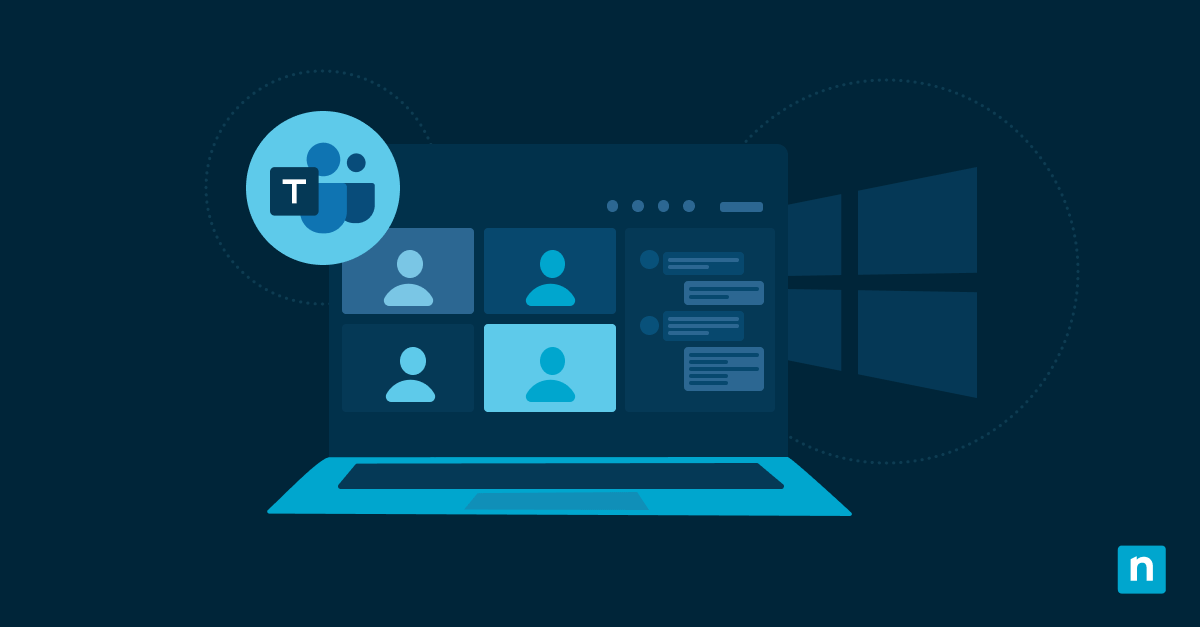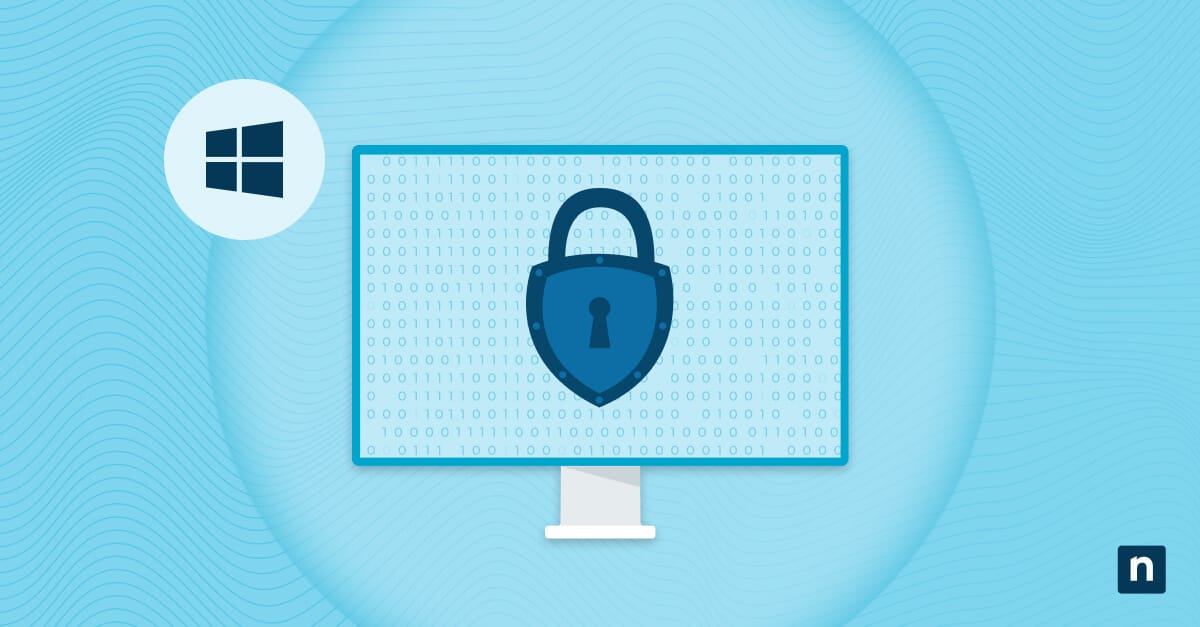Modern cybersecurity threats target your business directly through sophisticated social engineering attacks, making comprehensive security education essential for protecting organizational assets. Security awareness training transforms your workforce into active defenders against evolving threats that bypass traditional technical controls.
What is security awareness training?
Cybersecurity threats often exploit human error, making employees a critical line of defense for any organization. Structured educational programs, known as Security Awareness Training, equip staff to recognize, respond to, and prevent these threats. By blending theoretical knowledge with hands-on exercises, these initiatives foster security-conscious behaviors across all departments.
Why do you need security awareness training?
Today’s threats don’t just target systems — they target people. From phishing emails to malicious websites and insecure device use, employees face risks daily. Security awareness training equips your workforce to recognize and respond to these threats, reinforcing your defenses where they’re most vulnerable: human behavior.
As attackers shift focus from infrastructure to individuals, training becomes essential to maintaining a resilient security posture.
Human error as the primary attack vector
Human error accounts for 95% of successful cyber attacks, making employee education critical for organizational protection. Your staff inadvertently creates security gaps through actions like clicking malicious links, downloading infected attachments, or sharing sensitive credentials with unauthorized parties. These mistakes provide attackers with initial access points that bypass even sophisticated technical security measures.
Regulatory compliance requirements
Multiple compliance frameworks mandate employee security training as a fundamental requirement for organizational certification. Your compliance obligations typically include documented training programs with measurable outcomes and regular updates:
- HIPAA requires training on privacy and security for staff handling protected health information.
- SOX mandates awareness programs to protect financial reporting systems and data.
- PCI DSS calls for regular training for anyone handling cardholder data.
- GDPR requires data protection training for employees processing personal information of EU residents.
Financial impact of security breaches
IBM research shows that data breaches cost organizations an average of $4.9 million per incident. Your organization faces direct costs, including incident response, legal fees, regulatory fines, and system recovery expenses that can exceed annual IT budgets. Long-term financial impacts include reputation damage, customer loss, and increased insurance premiums that compound initial breach costs.
Remote work vulnerability increases
Remote work environments dramatically expand the attack surface, creating new security challenges that traditional office-based controls cannot address effectively. Your remote employees access corporate resources through home networks lacking enterprise-grade security protections and centralized monitoring capabilities. Distributed workforces require enhanced security awareness to compensate for reduced IT oversight and increased exposure to unsecured environments.
Topics for every security awareness training program
Comprehensive security awareness training programs address core threat categories that employees encounter regularly in their work environments. Your curriculum should cover fundamental security concepts while providing practical guidance for real-world application and threat recognition.
Phishing and social engineering tactics
Phishing remains one of the most common and effective entry points for attackers, targeting organizations of all sizes through everyday communication channels like email, SMS and collaboration tools. These attacks often bypass technical controls by exploiting human behavior, making employee awareness the last and most critical line of defense.
Security awareness training should teach employees how to spot key red flags: display name spoofing, mismatched URLs, urgent or manipulative language, and unexpected file attachments. It should also cover newer tactics like QR code phishing, voice phishing (vishing), and impersonation via business email compromise (BEC). Training must be scenario-based, regularly updated, and tested to keep up with evolving techniques.
Password security best practices
Strong password policies reduce account compromise risks by 99.9% when combined with multi-factor authentication and proper credential management practices. Your organization needs standardized approaches to password creation, storage, and maintenance that employees can implement consistently across all systems:
- Complex password requirements including minimum 12-character length, mixed character types, and unique passwords for each account.
- Password manager implementation using tools like 1Password or Bitwarden for secure credential storage and automatic generation.
- Multi-factor authentication setup using authenticator apps like Microsoft Authenticator or Google Authenticator across all business applications.
- Recognition of credential harvesting attempts through fake login pages and appropriate response procedures, including immediate password changes.
Safe browsing and email habits
Web-based attacks exploit browser vulnerabilities and user behavior patterns to deliver malware, steal credentials and compromise organizational systems. Your employees require guidance on identifying malicious websites through URL inspection techniques, understanding download risks from untrusted sources, and recognizing social engineering attempts delivered through web interfaces.
Training should emphasize verification procedures for unexpected email attachments, suspicious links, and requests for sensitive information through secondary communication channels.
Incident reporting procedures
Rapid incident reporting using machine learning reduces average breach detection time from 287 to 195 days, especially when employees understand proper escalation protocols. Your organization needs clear communication channels, including dedicated security hotlines, email addresses for reporting incidents and internal ticketing systems that employees can access immediately.
Effective training delivery methods and formats
Security awareness training effectiveness depends on delivery methods that engage employees while accommodating diverse learning preferences and organizational constraints. Your training strategy should combine multiple approaches to maximize knowledge retention and behavioral change across different employee groups. Modern training programs use interactive elements, real-world simulations, and continuous reinforcement to create lasting security awareness.
Interactive online modules
Digital training platforms have the ability to provide scalable delivery mechanisms that track individual progress while maintaining consistent content quality across distributed workforces. Your online modules should incorporate interactive elements like knowledge checks, scenario-based simulations, and gamification features to increase engagement. Modern platforms like KnowBe4 and Proofpoint offer analytics dashboards that identify knowledge gaps, track completion rates for compliance reporting, and provide detailed performance metrics.
Simulated phishing campaigns
Controlled phishing simulations provide safe environments for employees to practice threat recognition skills while generating measurable data on organizational vulnerability levels. Your simulation campaigns should mirror current attack techniques and gradually increase complexity as employee skills develop.
Effective simulation programs require careful planning and execution:
- Baseline testing to establish current vulnerability levels before training implementation using industry-standard phishing templates.
- Progressive difficulty increases that challenge employees without causing excessive failure rates that exceed a determined threshold of click-through rates.
- Immediate feedback mechanisms that provide learning opportunities when employees click suspicious links or enter credentials.
- Detailed reporting that identifies high-risk individuals and departments that require additional training interventions and support.
In-person workshop sessions
Face-to-face training sessions enable interactive discussions, group problem-solving, and hands-on demonstrations that online modules cannot replicate effectively. Your workshops should focus on complex topics requiring detailed explanation, like advanced persistent threat recognition, and provide opportunities for employees to ask questions about specific scenarios.
Microlearning and reinforcement
Short, focused training segments delivered regularly maintain security awareness without overwhelming employees with lengthy educational sessions. Your microlearning approach should reinforce key concepts through brief reminders, security tips, and quick assessments integrated into daily workflows. Continuous reinforcement prevents knowledge loss and keeps security considerations active in employee decision-making processes.
Measuring training effectiveness and behavioral change
Security awareness training success requires quantifiable metrics that demonstrate knowledge transfer and behavioral improvements across your organization. Your measurement strategy should track both immediate learning outcomes through assessment scores and long-term security behavior changes through phishing simulation results, incident reporting frequency, and security policy compliance levels. Key performance indicators include baseline vulnerability assessments, monthly phishing click rates, and security incident trends.
Strengthen your security posture with NinjaOne
NinjaOne’s unified IT management platform extends your security awareness efforts with real-time threat detection, automated patching, and actionable reporting. Monitor endpoints, spot vulnerabilities, and uncover training gaps — all from a single interface. Try it now for free!








